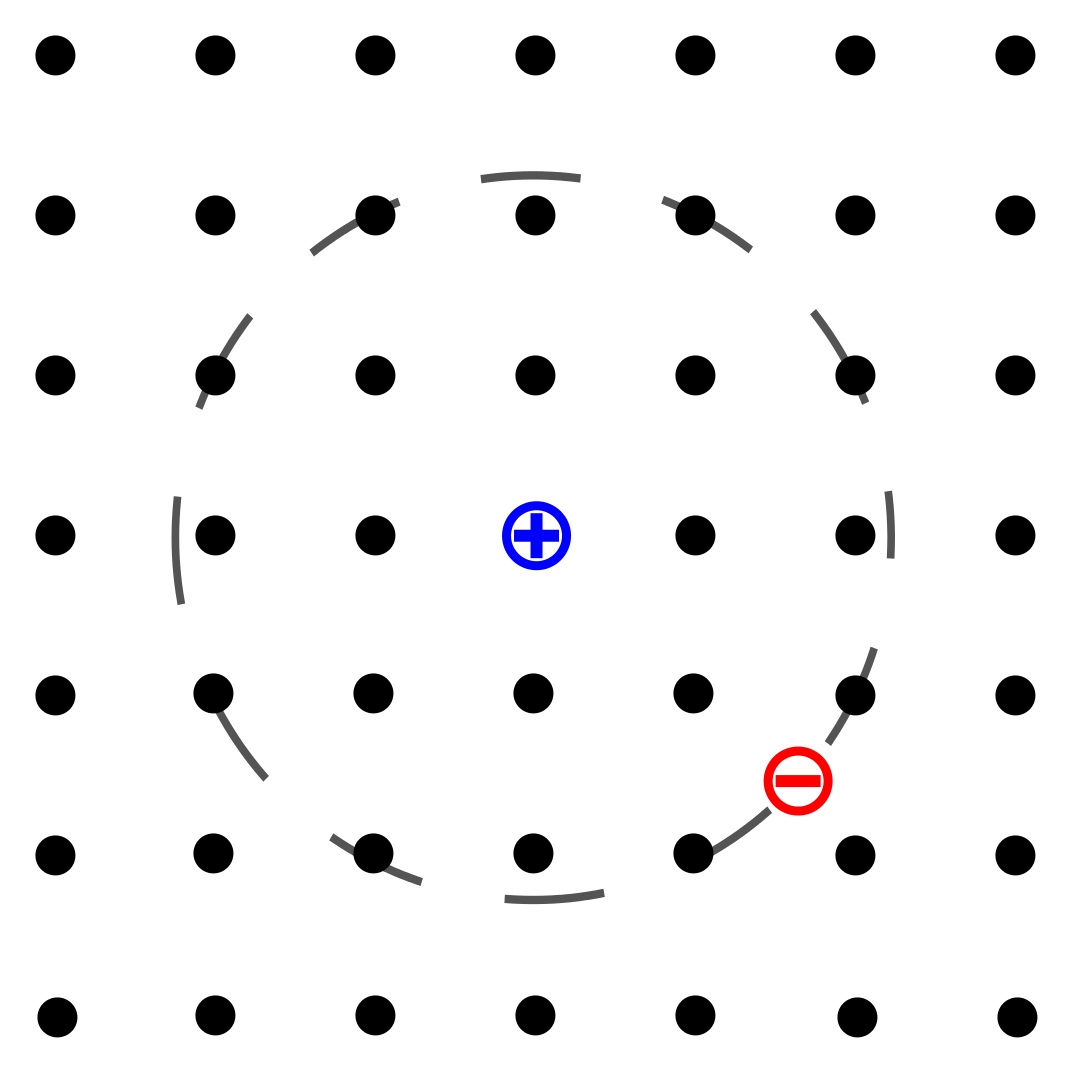EPJ B Highlight - Exploring mass dependence in electron-hole clusters
- Details
- Published on 09 June 2020

New calculations reveal that the behaviours of electron-hole clusters depend strongly on the masses of their particles.
In solid materials, when an electron changes position without another to fill its place, a positively charged ‘hole’ can appear which is attracted to the original electron. In more complex situations, the process can even result in stable clusters of multiple electrons and holes, whose behaviours all depend on each other. Strangely, the masses of each particle inside a cluster can be different to their masses when they are on their own. However, physicists aren’t yet entirely clear how these mass variations can affect the overall properties of clusters in real solids. Through a study published in EPJ B, Alexei Frolov at the University of Western Ontario, Canada, reveals that the behaviour of one type of three-particle cluster displays a distinct relationship with the ratio between the masses of its particles.
Clusters of electrons and holes are already known to affect the absorption of light by semiconductors, which are now key components of many modern technologies. Frolov’s research could significantly improve our understanding of these important materials, and it may also enable researchers to better explain smaller details in their optical and infrared spectra. In his study, Frolov considered a cluster containing two electrons with ordinary masses, and one hole which could vary between one and two electron masses. Through his calculations, distinctive behaviours emerged which displayed clear relationships with the ratio between the mass of this heavier hole, and that of each lighter electron.
Frolov based his calculations around the principles of quantum mechanics, which he used to derive a series of formulas to describe the mass dependence of three-particle clusters extremely accurately. He now hopes that these formulas could be modified to describe clusters containing four or more particles with varying masses. If achieved, this would create new opportunities to understand and fine-tune the properties of real semiconductors in future research.
A Frolov (2020), Mass-dependencies of the bound state properties for three-body positronium-like exitonic complexes, European Physical Journal B 93:87, DOI: 10.1140/epjb/e2020-10076-7




